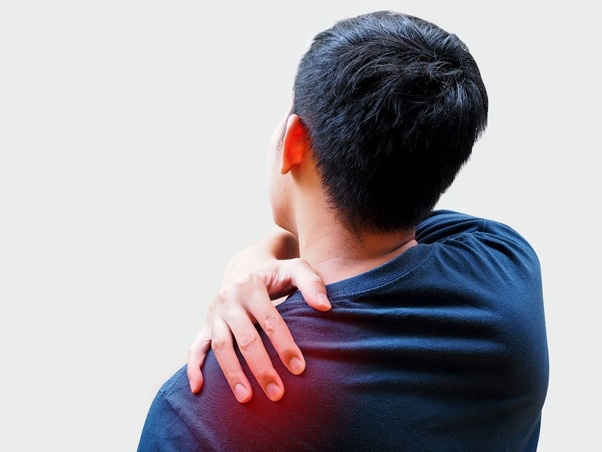Joint Chronicles: Navigating Life's Twinges and Aches
Indianvaidyas 18 Jul 2023

When it comes to treating joint pains, both Ayurvedic and Allopathy offer their unique approaches with differing merits. Ultimately, the choice between the two depends on personal preferences and individual circumstances.
Ayurveda, an ancient Indian system of medicine, focuses on holistic healing by identifying imbalances in the body's doshas (energies) and restoring harmony through herbs, lifestyle modifications, and therapies. In Ayurveda's perspective, joint pain arises due to aggravated Vata dosha or toxins accumulating in joints. Ayurvedic treatments aim to pacify Vata dosha with lifestyle modifications and Rasayan like Trilokyachintamani Ras that is effective in alleviating neuromuscular and joint pain. Available in tablet form, Dabur Trilokyachintamani Ras is fortified with gold ash, potent minerals and herbs and considered as an effective herbal formulation to balance aggravated Vata dosha.
One advantage of Ayurveda is its emphasis on considering each person as unique individuals with different constitutions. The treatment plans are personalized based on one's dominant dosha(s), ensuring a comprehensive approach that addresses the root causes rather than just masking symptoms temporarily.
Allopathy refers to conventional Western medicine practiced by doctors worldwide. Allopathic treatments often involve prescription drugs such as nonsteroidal anti-inflammatory drugs (NSAIDs) or corticosteroids to alleviate pain and reduce inflammation in joints.